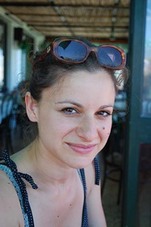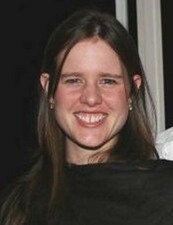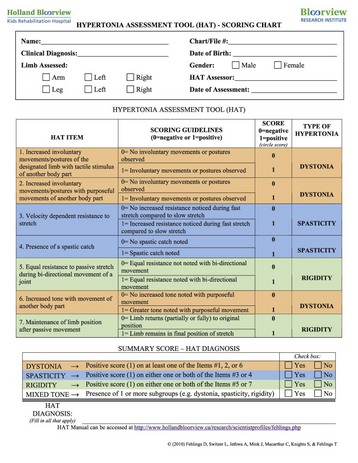Chapter 1 E-materials
Author profiles
Case Study 1.1
Respiratory
Background
• Baby A was a neonate who was 1 day old.
• She was born at 41/40 weeks gestation in the hospital car park before being admitted to NICU.
• It was thought that she had most likely aspirated meconium during birth and was being treated with antibiotics.
• The medical plan for Baby A, should she continue on this worsening trend, was to commence nitric oxide, use HFOV (high-frequency oscillatory ventilation) and refer her for ECMO.
• Baby A was referred via an emergency bleep for urgent physiotherapy assessment and treatment as she was deteriorating rapidly from a cardiorespiratory point of view.
Assessment
• Her mother was not present on our arrival to gain consent.
• On assessment Baby A was supine as she had just had an urgent chest X-ray.
• She was nasally intubated and ventilated using pressure control ventilation. A high peak pressure was required due to her age (PIP = 25 PEEP = 5). Respiratory set rate of 60.
• She was pharmacologically sedated and paralysed.
• Baby A required inotropes to maintain her blood pressure – her beside chart showed that these were on an increasing trend.
• Her fluid balance was acceptable, as was her urine output.
• Her oxygen requirement had dramatically increased throughout the course of the morning and was currently 80%.
• She was struggling to maintain acceptable saturations, her pO2 was low and her pCO2 was climbing.
• She also had a worsening respiratory acidosis.
• The nurse looking after Baby A said that she was finding it difficult to obtain much on suction, even with saline.
• The nurse of the previous shift had reported some small sticky dark plugs of sputum especially on turning.
• Baby A was not tolerating intervention particularly well with some episodes of desaturation and associated bradycardia.
• An urgent chest X-ray revealed opacification in both the right and left upper lobes. Air bronchograms were present in both the right and left main bronchi.
• Palpation assessment showed that she had reasonable chest expansion, with no palpable secretions.
• On auscultation, she had very quiet breath sounds throughout both sides with bronchial breath sounds in her upper chest areas. There were no added sounds.
• In conjunction with the MDT caring for this baby, the physiotherapist thought that Baby A’s main problems were:
Treatment
• As the upper lobes were affected, Baby A was treated in supine. Both sides were treated in turn, with the baby’s head turned to the left to treat the right side and turned to the right to treat the left side.
• Cycles of physiotherapy treatment consisting of:
• Endotracheal suction using a size 7 catheter was performed.
• Copious, thick sticky brown plugs of sputum were obtained.
• 8 suctions were needed in total. Baby A was stable throughout treatment. A reasonable amount of saline was used to avoid plugging off as the sputum was so thick.
• The physiotherapy plan post treatment was to position the baby in prone for 4–6 hours, turning the head from side to side as per normal protocol for a decent rest, and only to suction if required.
• Another physiotherapy session was required after 6 hours and was similar to above again treating Baby A in supine, but only three suctions were required.
• Physiotherapy treatment overall was very effective.
• Breath sounds were much clearer and there was better chest expansion.
• Oxygen was quickly weaned down first to 60% after the first treatment and then to 40% after the second.
• Inotropes were weaned as respiratory function improved.
• Ventilation pressures were also weaned down after the second treatment.
• Paralysing drugs were switched off on the second day, so Baby A was able to cough on suction and was able to be managed by the nursing staff.
• Baby A was extubated onto CPAP 2 days later and was discharged home 13 days later.
Stay updated, free articles. Join our Telegram channel

Full access? Get Clinical Tree














